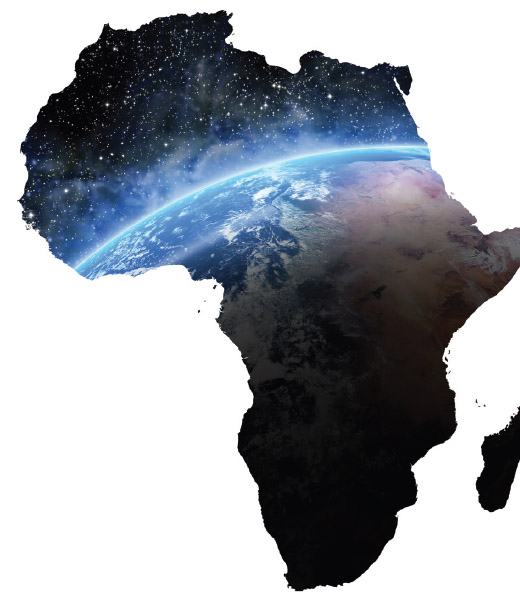Opportunity: A 2016 Deep Submergence Training Cruise on the R/V Atlantis is being proposed to include a 2-day pre-cruise workshop (26-27 July), 11 d at sea with telepresence (28 July to 7 Aug), with HOV Alvin (5 science dives) and AUV Sentry, plus a 1 d post-cruise follow-up (8 Aug); sailing Woods Hole MA to Morehead City NC. This is the first leadership training cruise with deep-submergence assets, and it will be the first ‘telepresence’-enabled leadership training program. Partway through the cruise, participants on R/V Atlantis will move to the Inner Space Center (ISC) at the University of Rhode Island (http://innerspacecenter.org/) and ISC-based participants will transfer to Atlantis.
Key objectives include providing experience in:
i. collaborative, multidisciplinary and interdisciplinary research and proposal strategies for deep-submergence science
ii. leadership in cruise and dive/mission planning and execution
iii. integration of instrumentation with Alvin/Sentry/other deep-submergence assets
iv. telepresence research and communication: seafloor-to-ship-to-shore
v. data management, sharing, reporting
vi. science communication
Preference will be given to researchers who have significant potential to write proposals to use the National Deep Submergence Facility (NDSF) assets Alvin, Jason, or Sentry in the next five years. We target postdoctoral researchers, assistant professors/scientists with less than 7 years since their PhD. A limited number of spaces may be available to advanced PhD students. More established researchers may be invited to participate if they have not used (NDSF) assets in the past. All disciplines of deep-submergence science are targeted, including biological, geological, chemical, and physical oceanography. Space is limited.
Small stipends are provided for participant travel costs, research supplies, and shipping. Space is limited. To apply you must be an employee or student (U.S. Citizen or permanent resident) at a U.S. institution or a U.S. citizen working abroad.
To be considered, applications must be received by 30 March 2016. The on-line application form is available at:https://www.surveymonkey.

 Africa Award for Research Excellence in Earth and Space Science
Africa Award for Research Excellence in Earth and Space Science